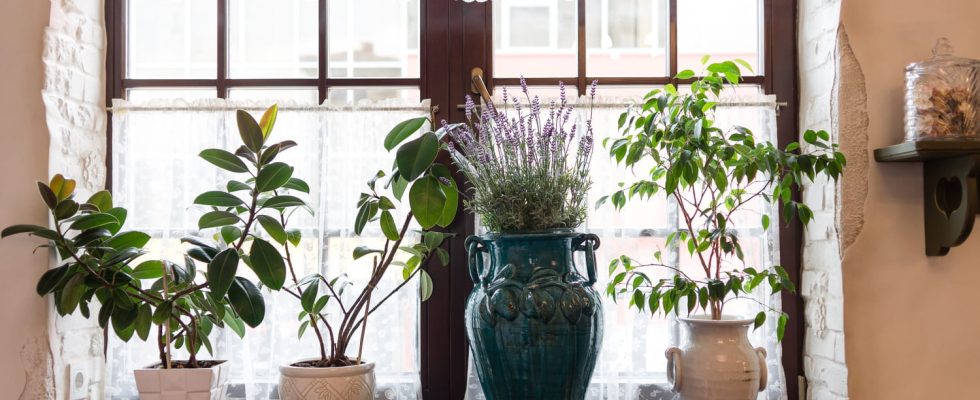Plants brighten up interiors and generally provoke a feeling of well-being. But not all…
Plants are very popular in apartments or houses to create a comforting and relaxing environment. However, it is better to choose them carefully, because some are preferred, especially when they are placed in the bedroom. It is rather advisable to exclude plants that are too fragrant to maximize your chances of getting a good night’s sleep. For example, mimosa, lavender or jasmine should be avoided near your bed.
Other dangerous plants may be found in your area. According to Geo, the large hemlock is a plant that you should be wary of and which can be present along roadsides. Belladonna is also a trap because it has fruits that look like blueberries but are nowhere near as good. We must also be extra vigilant against plants with well-known names such as climbing ivy whose fruits are harmful, oleander, which contains oleandrine or even mistletoe, a parasitic plant very present in Europe.
However, they may seem harmless in the face of “gympie-gympie”. Part of the nettle family Urticaceae, it is considered the most dangerous plant in the world. It is made up of tiny needles that look like hairs or bristles, according to Alnwick Garden. If you touch it, you can feel “electric shock and fire at the same time.”
The plant has already had devastating effects: a horse was stung and found itself in a state of complete madness before dying two hours later. Another terrible story caused by the “gympie-gympie”: a man allegedly ended his life after using it for “toilet purposes”. This plant is deceptive because it seems harmless at first glance.
Don’t panic, gympie-gympie is not likely to land in your home. It is native to the tropical forests of Australia and Indonesia. The plant is today kept in botanical gardens and particularly under lock and key such as in the Poison Garden at Alnwick Garden, in Northumbria, in the United Kingdom. She is thus distanced from the public. In this botanical garden you will find more than 100 toxic plants.
